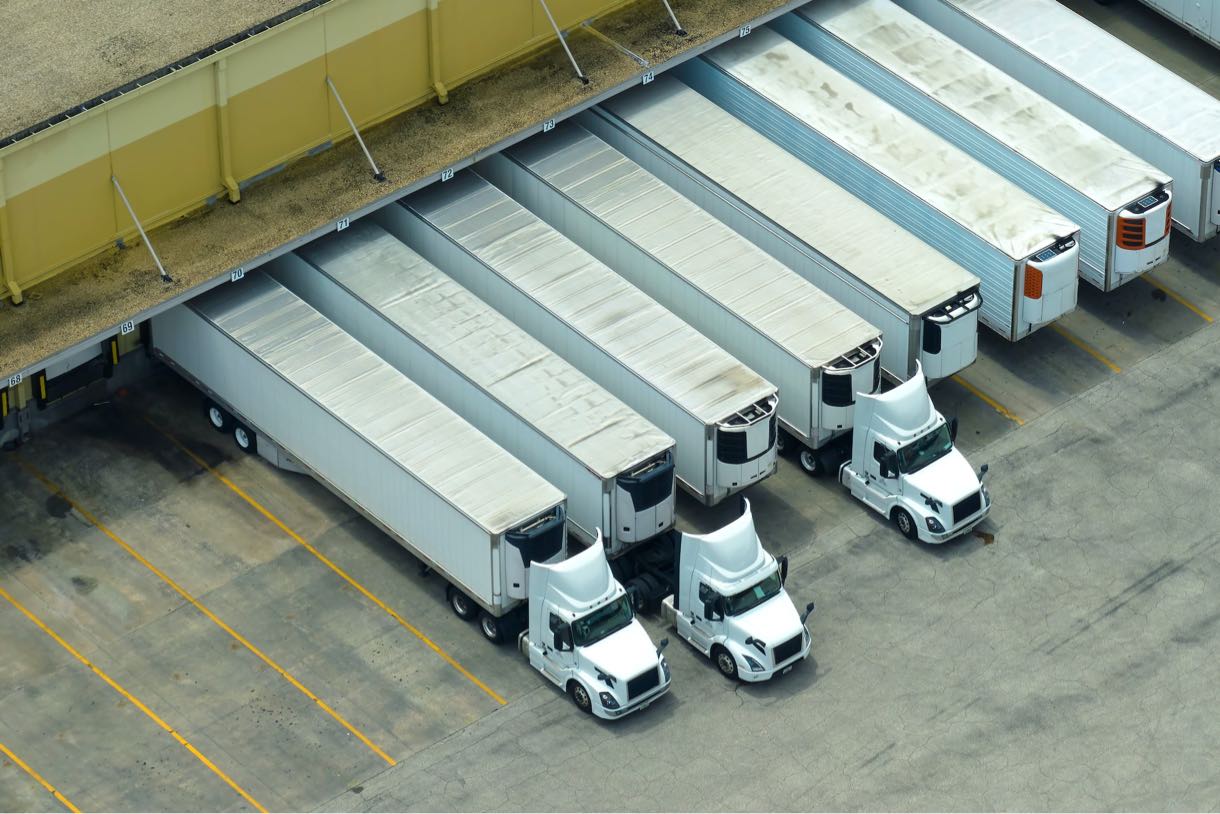The Federal Motor Carrier Safety Administration (FMCSA) shed light on a significant issue within the trucking industry in the United States at a session that was held at the Mid-America Trucking Show. The issue that was brought to light was the crucial need of using seat belts. Officials, via the use of statistics and conversations, highlighted the severe repercussions that would result from disregarding this safety measure. They emphasized not only the dangers that would be incurred if this safety measure was not adhered to, but also the significance of speed and work zone safety in preventing fatal accidents. Taking an in-depth look into the findings and activities of the Federal Motor Carrier Safety Administration (FMCSA), this blog post reflects on the larger implications for road safety and the concerted efforts that are required to decrease hazards for truck drivers and all other road users.

The Undeniable Impact of Non-Compliance Alarming statistics were provided at the presentation by Tom Keane, who is the associate administrator of the Office of Research and Registration for the Federal Motor Carrier Safety Administration (FMCSA). These numbers revealed that a large proportion of truck drivers who were killed in accidents were not wearing seat belts. According to the statistics, there is a possibly avoidable element in more than half of these fatalities. This is because more than 40% of truck occupants who died in accidents in 2021 did not use safety belts, and an additional 17% of occupants whose usage of seat belts was doubtful.
The Overrepresentation of Large Trucks in Workzone Fatalities In addition, Keane brought attention to the fact that large heavy vehicles are disproportionately involved in deaths that occur in work zones, pointing out that speed is the key cause in accidents. Consequently, this highlights the specific hazards that truck drivers confront, as well as the critical significance that adherence to speed restrictions and safety measures plays in these regions.
The Speed Factor in Passenger Vehicle Crashes When it comes to deadly accidents, speeding is a more prevalent problem among passenger cars than it is among huge trucks. This disparity highlights the distinct driving habits and dangers associated with different types of vehicles, with passenger vehicles having a higher likelihood of rear-ending heavy trucks than other sorts of vehicles.
The Critical Need for Safety Measures The conversation extends to the overarching objective of the federal government, which is to eradicate fatalities that occur on the roads. The goal of obtaining zero deaths may appear to be an ambitious one; yet, it serves to underline the need of working toward improved safety standards and measures in order to safeguard all those who use roads.

FMCSA’s Advocacy for Safety At the Mid-America Trucking Show, the Federal Motor Carrier Safety Administration (FMCSA) made it abundantly clear that the utilization of seat belts is a straightforward yet efficient preventative step that has the potential to save lives. A greater effort to enhance road safety for truck drivers and the communities they serve is being made by the administration, and the push for compliance is a part of that bigger effort.
Industry Voices Joining the Cause A number of influential figures in the industry, such as Henry Albert of Albert Transport, have expressed their agreement with the FMCSA’s concerns and have added their voices to the demand for safer driving habits. These practices include reducing distractions and maintaining appropriate following distances. The rising number of people who are not wearing seat belts is highlighted in a research by the American Transportation Research Institute, which further emphasizes the importance of continuous education and enforcement.

The results and conversations that took place at the Mid-America Trucking Show by the Federal Motor Carrier Safety Administration (FMCSA) present a compelling case of the essential role that the use of seat belts plays in safeguarding the safety of truck drivers and all other road users. The Federal Motor Carrier Safety Administration (FMCSA) emphasizes the importance of a concerted effort to make roadways safer by drawing attention to the dangers that are connected with non-compliance, the disproportionate number of deaths that occur in work zones involving trucks, and the dynamics of speed in collisions. This serves as a reminder that even while safety precautions are quite straightforward, they may be extremely successful in averting disasters.
With an unshakable dedication to both safety and performance, Ship A Car, Inc. has distinguished itself as a market leader in the transportation of both freight and vehicles. The company is a shining example of the finest standards in the industry, as evidenced by the fact that it has received five-star evaluations and an A+ rating from the Better Business Bureau. They make certain that each shipment is handled with the utmost care and professionalism.
Q: Why is seat belt usage particularly important for truck drivers?
A: It is imperative that truck drivers wear seat belts because of the increased likelihood of suffering catastrophic injuries or even losing one’s life in collisions involving large trucks. According to the data provided by the FMCSA, the appropriate usage of seat belts has the potential to drastically reduce the number of deaths that occur among truck drivers.
Q: How does speed factor into the risk of crashes involving large trucks?
A: The most important component in accidents is speed, and this is especially true in work zones, where heavy vehicles are disproportionately represented in deaths. Driving at a high rate of speed increases the chance of rear-end incidents, especially when passenger cars are involved.
Q: What measures are being taken to improve safety and reduce seat belt violations among truckers?
A: As industry leaders highlight safe driving habits, the Federal Motor Carrier Safety Administration (FMCSA) promotes the use of seat belts through education and enforcement. There has been a rise in the number of people who are not wearing their seat belts, which highlights the necessity of continuing to make efforts to promote compliance.




